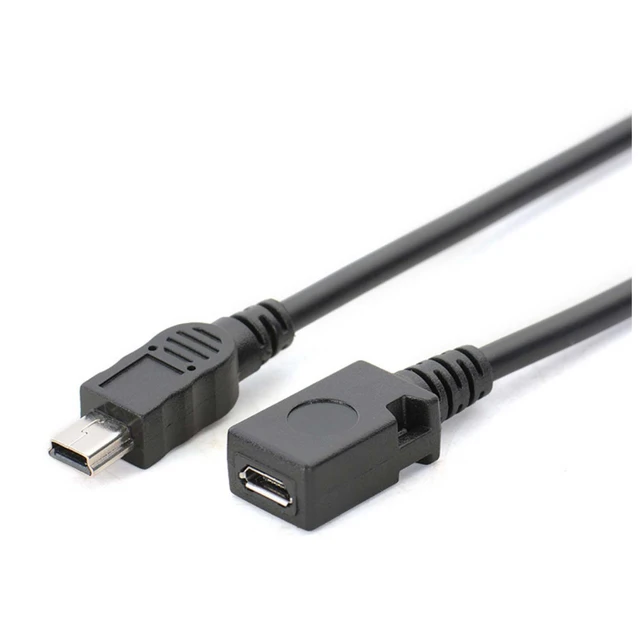Introduction
In the world of technology, the USB (Universal Serial Bus) has become ubiquitous, connecting devices and enabling data transfer and power charging. However, the USB landscape offers different connector types, including USB Mini and USB Micro. Understanding the differences between these connectors is essential when it comes to compatibility and usability. In this comprehensive guide, we will decode the disparities between USB Mini and USB Micro. From physical characteristics and connector types to applications and compatibility, we will provide specific details to help you navigate the USB world with confidence.ç
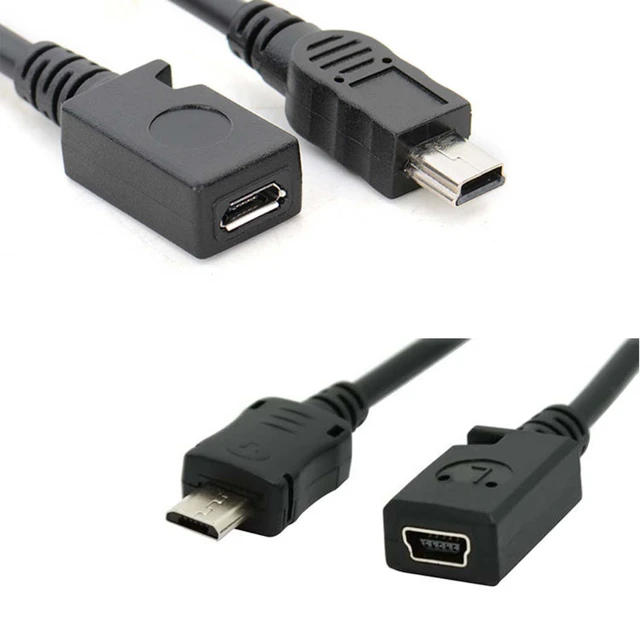
The Battle of USB Mini vs. Micro: Decoding the Differences
I. USB Mini: A Compact and Versatile Connector
-
Physical Characteristics:
- USB Mini connectors are relatively small and compact, making them suitable for devices with limited space. They feature a rectangular shape with a wider top, narrower bottom, and a beveled corner, which ensures proper orientation during insertion. USB Mini connectors come in two variants, namely Mini-A and Mini-B.
-
Mini-A Connector:
- The Mini-A connector, featuring a 5-pin design, is less commonly used and often found in older devices. Its primary purpose is to support On-The-Go (OTG) functionality, allowing devices to act as both hosts and peripherals. This capability is beneficial for devices such as cameras or smartphones, which may need to connect to other peripherals.
-
Mini-B Connector:
- The Mini-B connector, with its 5-pin or 4-pin design, is more prevalent and widely adopted. It is typically used to connect various devices such as external hard drives, digital cameras, or older cell phones. The 5-pin Mini-B connector integrates an extra pin, known as the ID pin, which helps the device differentiate between a host and peripheral connection.
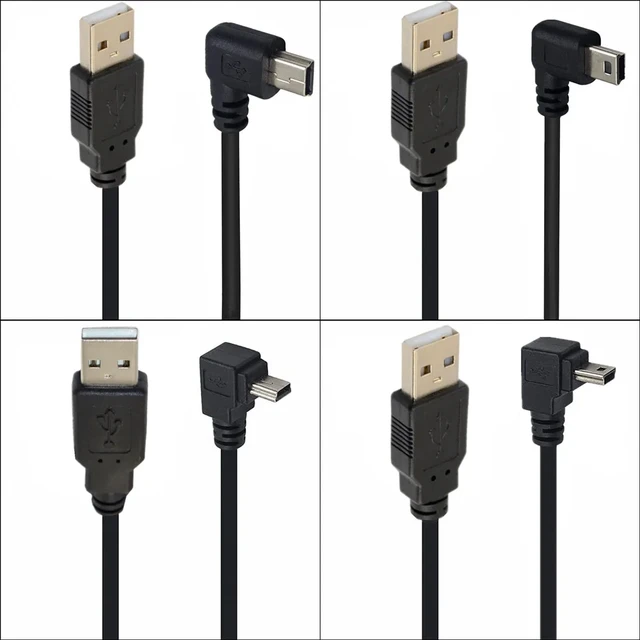
II. USB Micro: The Evolution of Mini with Enhanced Capabilities
-
Physical Characteristics:
- USB Micro connectors are even smaller than mini usb, featuring a more compact design that enables their use in slim devices. They have a trapezoidal shape, with a wider base and narrower top, allowing for easier insertion and correct alignment. USB Micro connectors also come in two variants, namely Micro-A and Micro-B.
-
Micro-A Connector (USB 3.0):
- The Micro-A connector is a less common variant and is primarily associated with USB 3.0 specifications. With its 10-pin design, it offers backward compatibility with USB 2.0 devices while providing greater data transfer speeds. The additional pins in the Micro-A connector enable improved data transfer rates and more extensive power delivery capabilities.
-
Micro-B Connector (USB 2.0 and USB 3.0):
- The Micro-B connector is the most widely used version, featuring a 5-pin (USB 2.0) or 10-pin (USB 3.0) design. It has become the standard connector for a wide range of devices, including smartphones, tablets, digital cameras, portable speakers, and more. The Micro-B connector has improved durability compared to the Mini-B connector, with its sturdier construction and enhanced resistance to wear and tear.
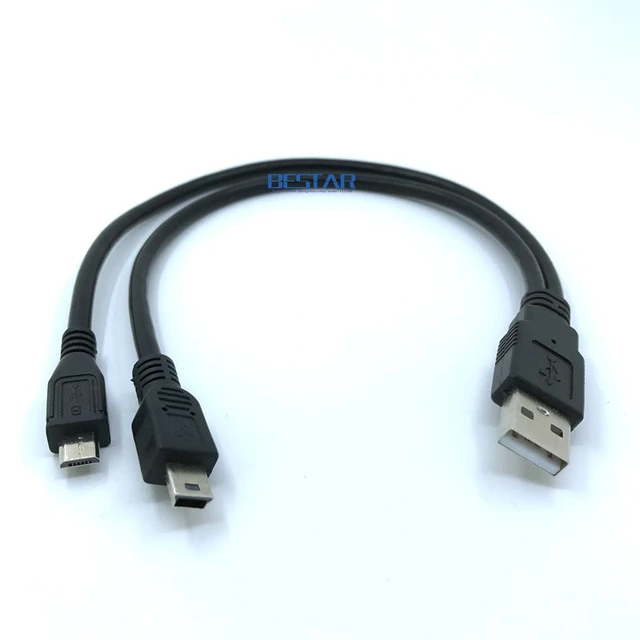
III. Applications and Compatibility
-
USB Mini Applications:
- USB Mini connectors find use in various devices that require data transfer and power charging capabilities. These include older smartphones, digital cameras, MP3 players, portable gaming devices, and some peripheral devices. USB Mini connectors may still be in use but are gradually being phased out in favor of USB Micro and USB Type-C connectors.
-
USB Micro Applications:
- USB Micro connectors have become the de facto standard for a broad range of devices, particularly smartphones and tablets. Additionally, digital cameras, portable speakers, Bluetooth headsets, and many other gadgets use USB Micro connectors for data transfer and charging purposes. USB Micro connectors are still widely utilized, but newer connector types continue to emerge.
-
Compatibility Considerations:
- USB Mini and USB Micro connectors are not directly interchangeable, as they have different physical designs and pin configurations. To connect a device with a USB Mini port to one with a USB Micro port, an adapter or specific cable is required. It is important to verify the device’s connector type before attempting any connections, ensuring compatibility and avoiding potential damage.
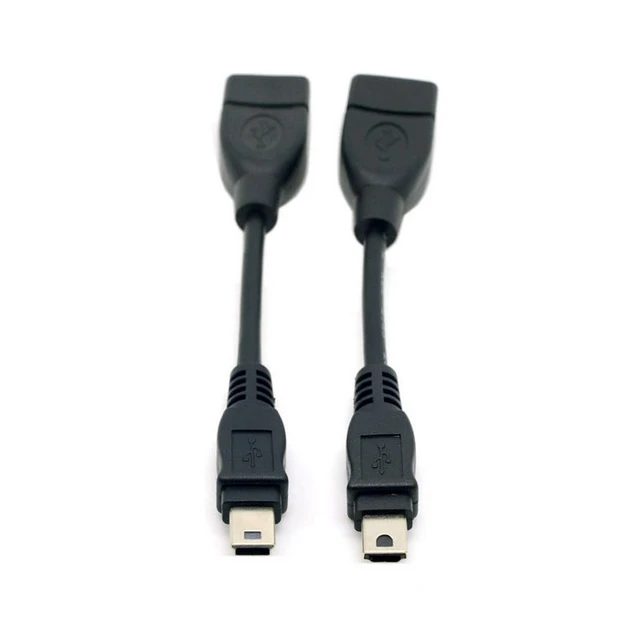
IV. USB Mini vs. USB Micro: Which is Better?
-
Size and Space Constraints:
- USB Micro connectors offer a smaller physical profile compared to USB Mini connectors, making them suitable for slim devices and space-constrained applications. USB Micro connectors provide the advantage of maintaining a compact form factor without compromising connectivity.
-
Durability and Connection Reliability:
- USB Micro connectors have improved durability compared to USB Mini connectors. Their reinforced design and sturdier construction ensure a longer lifespan and better resistance to accidental damage or repeated plugging and unplugging.
-
Enhanced Data Transfer Speeds:
- USB Micro connectors, especially the Micro-A connector with USB 3.0 specifications, offer faster data transfer speeds compared to USB Mini connectors. This is advantageous for transferring large files or streaming media content, providing a more efficient and seamless user experience.
-
Market Prevalence:
- USB Micro connectors are more prevalent in the market compared to USB Mini connectors. The widespread adoption of USB Micro as the standard connector across various devices makes it easier to find compatible cables and accessories.
V. USB Mini and USB Micro in the Changing USB Landscape
-
USB Type-C: The Emerging Standard:
- The USB landscape continues to evolve, with the emergence of USB Type-C connectors. USB Type-C offers a smaller physical footprint, reversible insertion, and higher data transfer speeds compared to USB Mini and USB Micro connectors. While USB Type-C adoption grows, USB Mini and Micro connectors will gradually be replaced in newer devices.
-
Adapter Cables and Compatibility:
- To bridge the gap between different USB connector types, adapter cables or connector converters are readily available. These accessories allow users to connect devices with USB Mini or Micro ports to newer devices with USB Type-C ports, ensuring backward compatibility and connectivity.
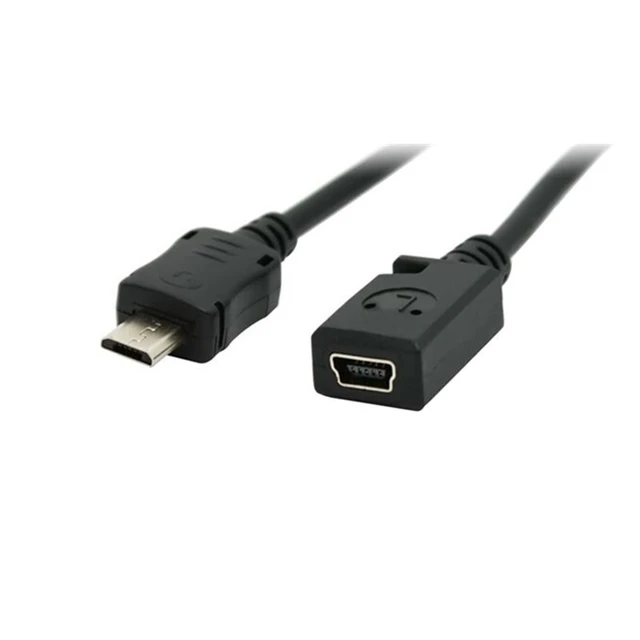
Understanding the differences between USB Mini and USB Micro connectors is crucial for compatibility and usability. USB Mini connectors are compact and versatile, finding use in older devices, while USB Micro connectors offer enhanced capabilities and widespread adoption across various gadgets. Each connector type serves different purposes based on the specific device requirements.
As technology progresses, USB Mini and USB Micro connectors are being succeeded by the emerging USB Type-C connector standard. It is essential to stay updated on the evolving USB landscape and consider compatibility with newer standards, such as USB Type-C, when upgrading devices.
Navigating the USB world requires awareness of connector types, compatibility considerations, and the specific needs of devices. By understanding the distinctions between USB Mini and USB Micro, you can make informed decisions when it comes to connectivity, charging, and data transfer in the ever-evolving world of technology.

